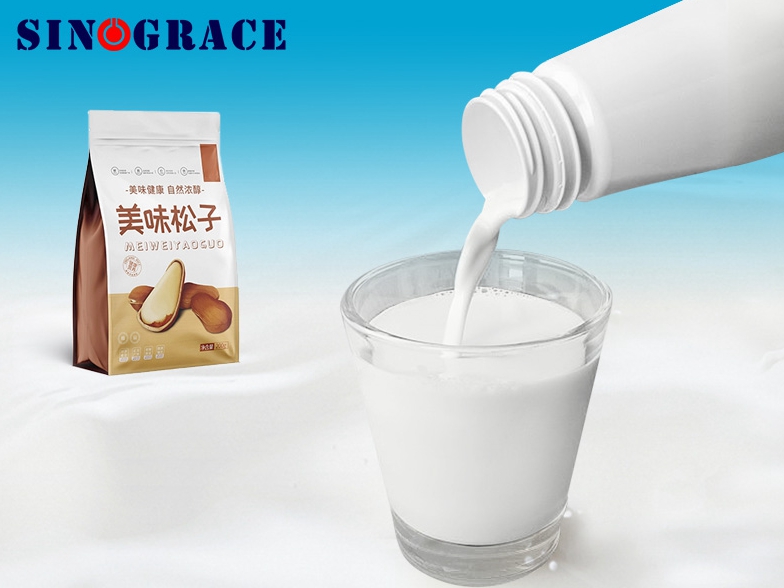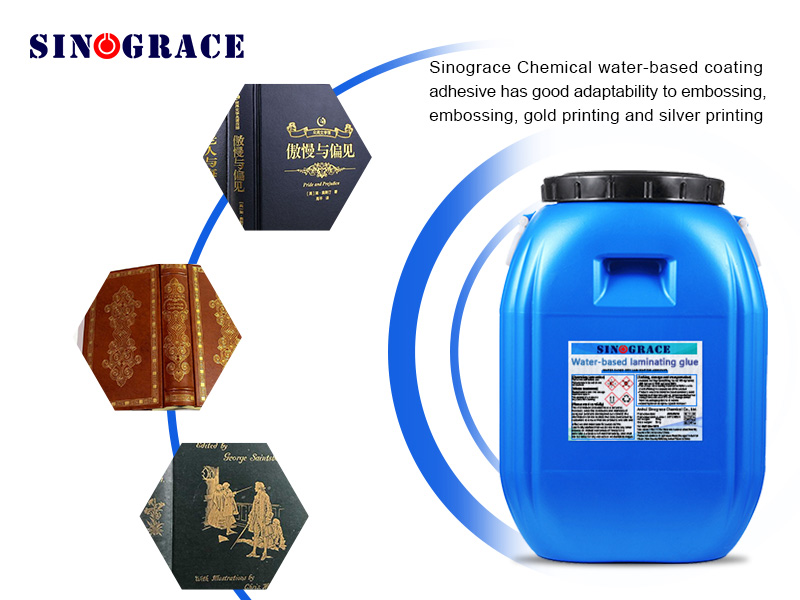Some properties and application characteristics of laminated adhesive
Coated adhesive is generally used in the field of printing, processing the surface of the printed matter, so as to improve the gloss of the printed matter, and play a certain protective effect on the printed matter, coated adhesive refers to the BOPP film on the paper of a kind of glue. Divided into oil-based laminating glue and water-based laminating glue, water-based laminating glue is widely used in China's printing enterprises. Properties of film adhesive The coating adhesive has the advantages of fast drying speed, high brightness, high peeling strength, strong adhesion, resistance to rolling line, smashing and embossing, and good adaptability to hot stamping, gold printing and silver printing. Widely used in book covers, packaging boxes, handbags, exquisite albums and other processing. Characteristic ● Cost-effective, simple process. ● Easy to use, fast film formation speed. ● Strong adhesion, wrinkle-free film. ● Good comprehensive performance, composite drying fast. The use of film adhesive process and precautions: 1.The way of laminating is dry laminating, which means that the laminating machine should use a dry laminating machine that can be heated by a drying channel and a composite roll. 2.The compound pressure is about 8-20 kg. The drying temperature is about 60-90 ℃. The temperature of the composite pressure roller is about 50-90 ℃. 3.If conditions permit, the glue is baked to seven to 90% dry is appropriate, in this condition, the product after the film is high brightness, stiffness and fastness. In order to prevent bubbles from appearing in the film, the temperature of the composite pressure roller needs to be reduced to below 50 ° C to prevent the glue from being squeezed out. The pressure should be reduced slightly. 4.In order to prevent the discoloration of gold card paper and ink, the glue should be completely dried. 5.When the glue is completely dried, the temperature of the composite pressure roller is as high as possible without burning the film, and the greater the pressure, the better.
read more

 English
English français
français русский
русский español
español العربية
العربية








